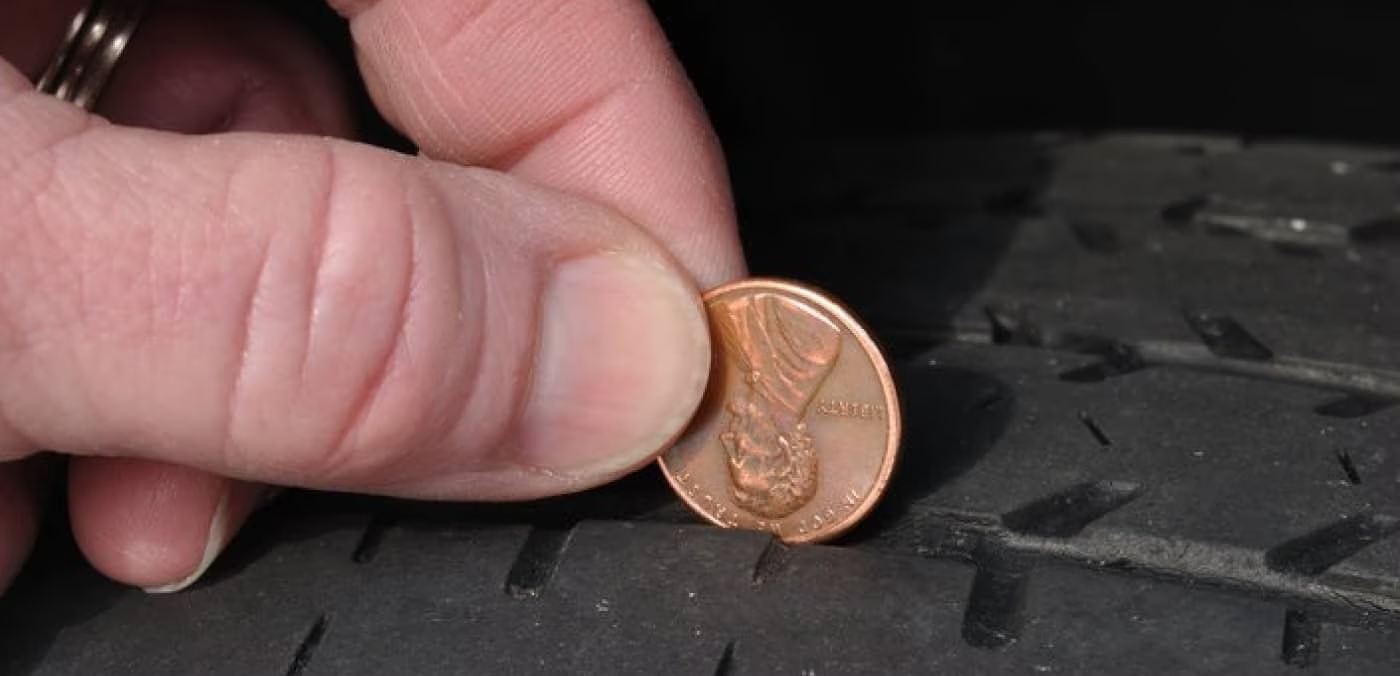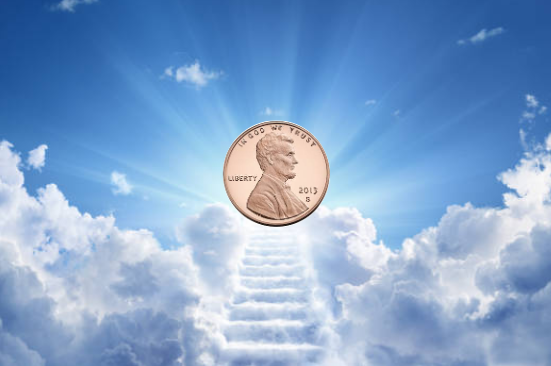On Feb. 10, 2025, amid a flurry of questionable decisions made by the Trump Administration, an executive order that ceased the minting of one-cent coins was signed. The decision came after decades of inflation, which has made the penny practically worthless, adding the U.S. to the long list of countries that have ditched their lower-denomination coins. While Abraham Lincoln’s face will surely be missed, the decision is ultimately a welcome and wise one.
Pennies have been worthless for decades. In the early 20th century, individual cent denominations were more than enough to buy items. A box of cereal had only cost 10 cents, and movie tickets, about a quarter. Even in the 1990s, after nearly a century of inflation, a Lunch Meal at McDonald’s cost one dollar and 49 cents. With those prices, having a monetary denomination as small as the penny makes perfect sense. But today, consumers are hard pressed to find items that cost even a dollar, making the penny’s production significantly harder to justify.
Digitization has meant that, with the swipe of a credit card or use of a mobile app, precise sums of money can easily be accounted for by customers and businesses; the penny is only useful in cash transactions. This has contributed to a jarring generational divide in spending habits. According to the Federal Reserve, consumers under the age of 55 used cash for just 12 percent of purchases in 2023, leaving the penny, and most other coin denominations, a purely Baby Boomer phenomenon. As younger generations contribute more to the economy, the impacts of this divide will be felt harder than ever. Ditching the penny is just a preemptive step to accommodate for the future of the U.S. economy.
The penny’s production has also proven to be a burden for the U.S. Mint. Since 2006, each penny has cost just under four cents to produce, meaning that the federal government actively loses money just to print a coin whose sole purpose is to accumulate in the bottom of piggy banks. While the removal of the penny has saved minting lots of money, the penny is just one small part of the problem. The nickel has cost nearly 14 cents to produce, which is about the same cost of producing a quarter.
But keeping the nickel may prove more valuable than at first glance. Without the penny, cash transactions will be significantly more imprecise. But by utilizing the nickel, the cost of items can simply be rounded up to the nearest multiple of five, with the marginal proceeds going to the government as a form of tax. Not only would it reduce the amount of coins involved in cash transactions, but it could also help earn back some of the money the government has for a decade and a half while producing the penny.
While it will only increase the burden on consumers with the strictest of budgets, the pain will only be temporary. Simply put, inflation will not go away–it will slow. The price of goods cannot go back to their pre-pandemic levels. Instead, the average wage, and day-to-day expenditures, can catch up. In just a couple of years, as wages slowly make up the gap in prices, that five-cent rounding will be pretty much unnoticeable in transactions.
Some might argue that getting rid of the penny will hurt charities, which thrive off small denomination donations that often come in the form of the penny. While individual contributions may slow down, that does not necessarily mean that charities will be significantly hurt without the penny. Donations, like other purchases, would simply be replaced by the nickel. A similar system has already taken shape in American grocery stores. At Giants nationwide, customers can choose to round their purchases up to a more easily processable number, with extra proceeds going to charity.
That system could actually serve as the basis for removing the penny from circulation. After Canada got rid of its penny in 2013, it launched a campaign encouraging individuals to donate their pennies to charity. Because it is still counted as legal tender–all denominations of a currency remain usable unless the currency itself is replaced–consumers could spend their useless coins on a good cause. Because charities are well-registered, well-organized institutions, they make the perfect deposits for keeping track of the coins as they are handed over to the government and replaced with higher-denomination money, streamlining the entire process and reducing bureaucratic headaches.
From virtually all angles, maintaining the production of the penny makes no sense. It is financially irresponsible, worthless to consumers and only serves a very niche purpose in the increasingly niche world of cash transactions. By eliminating its production, and using the experience gained through the process to eliminate future coins when they too become obsolete, little by little, the dent caused by these questionable practices will be buffed out.















